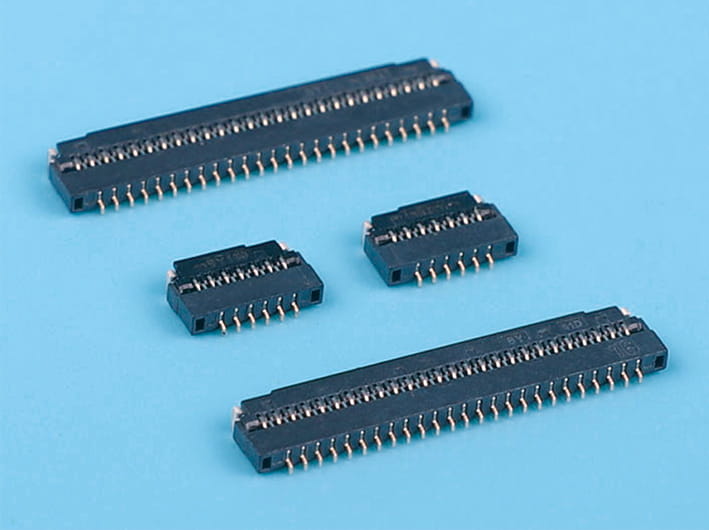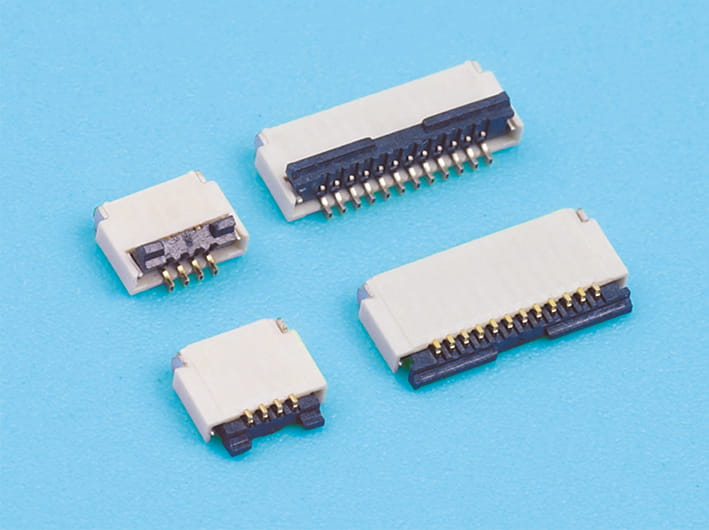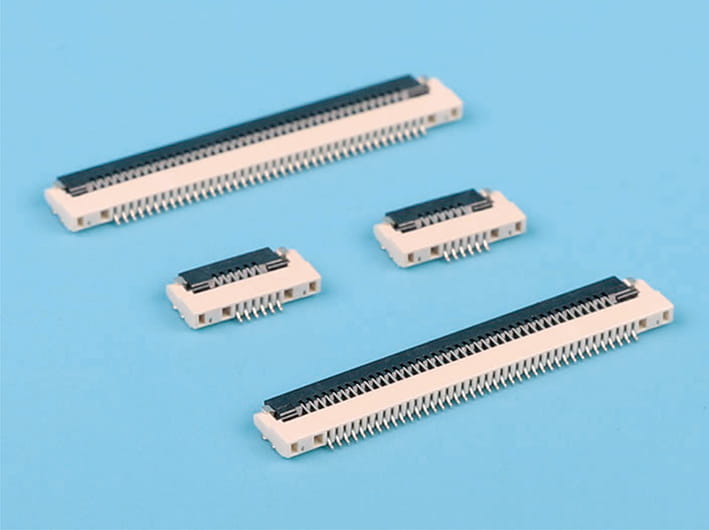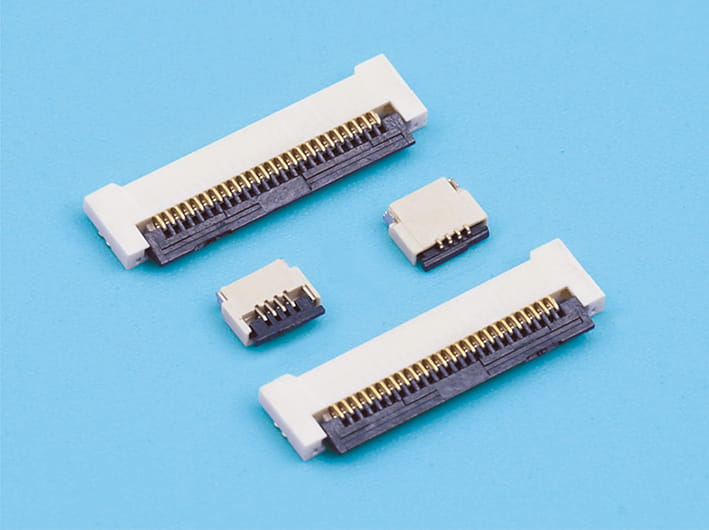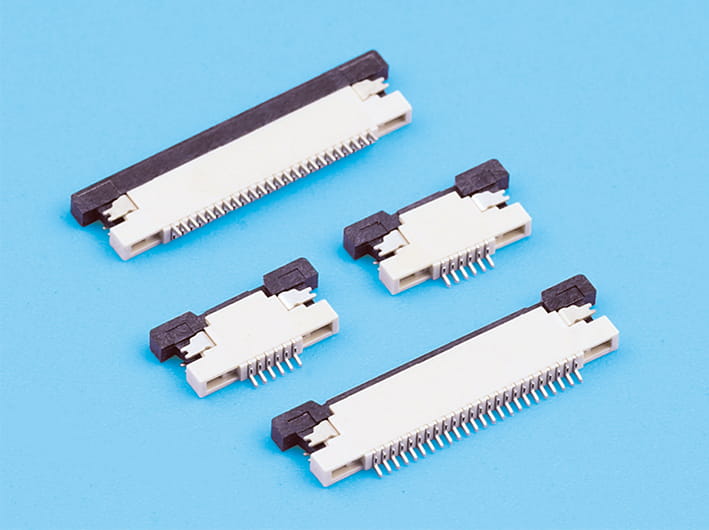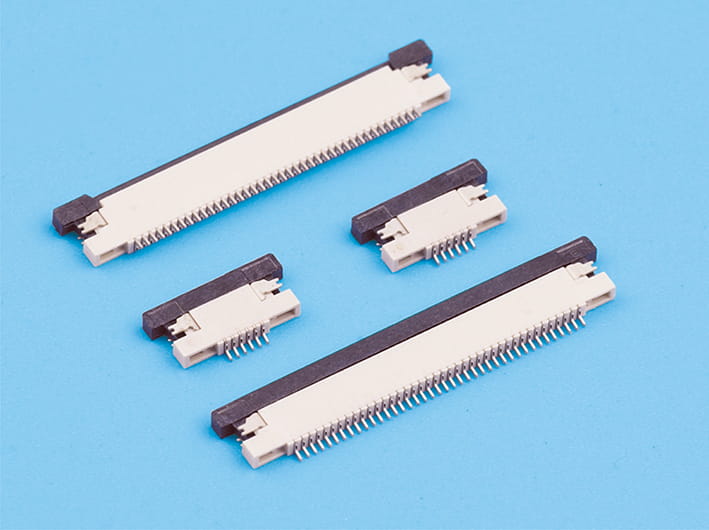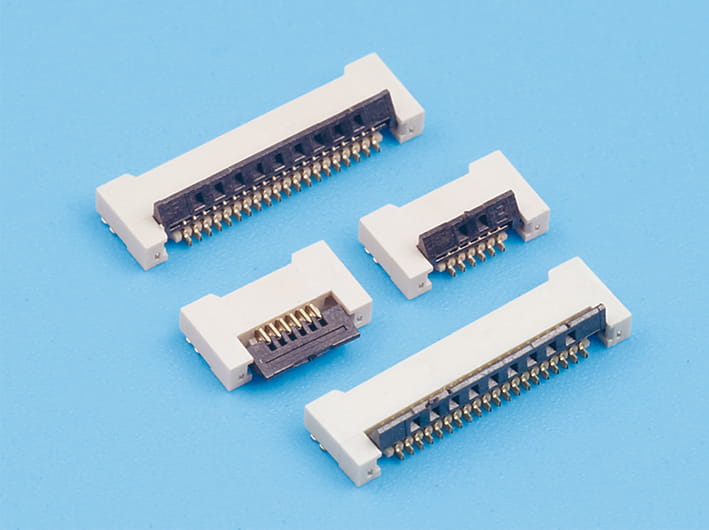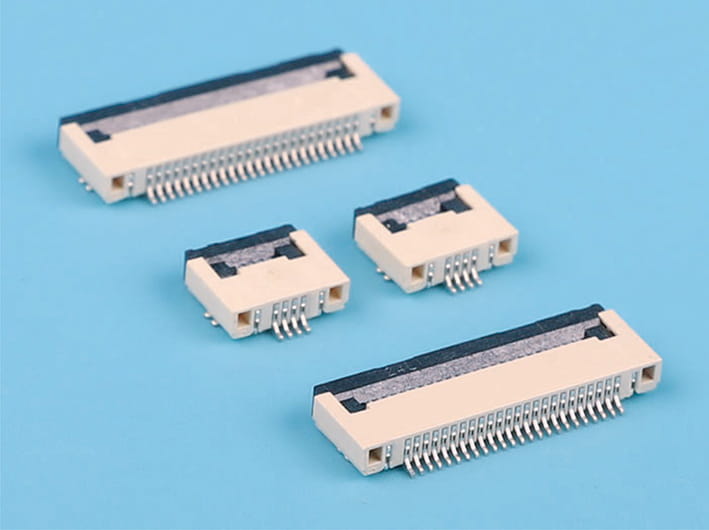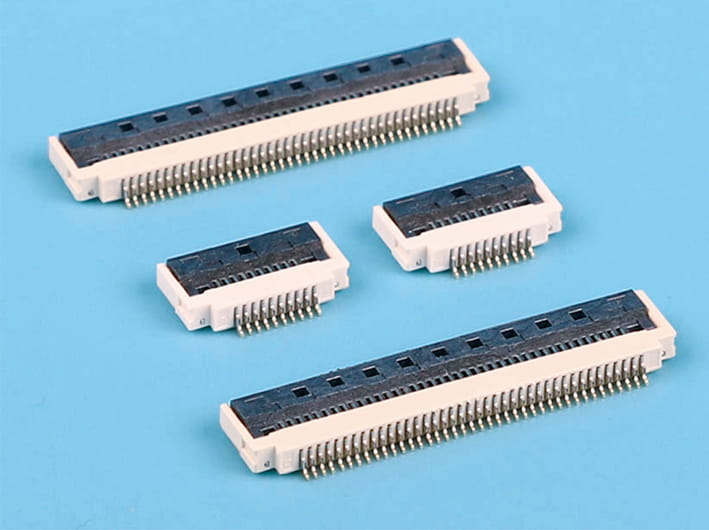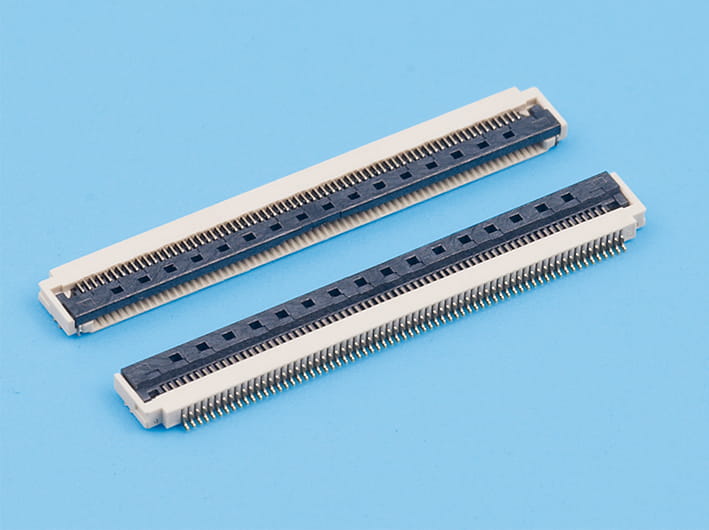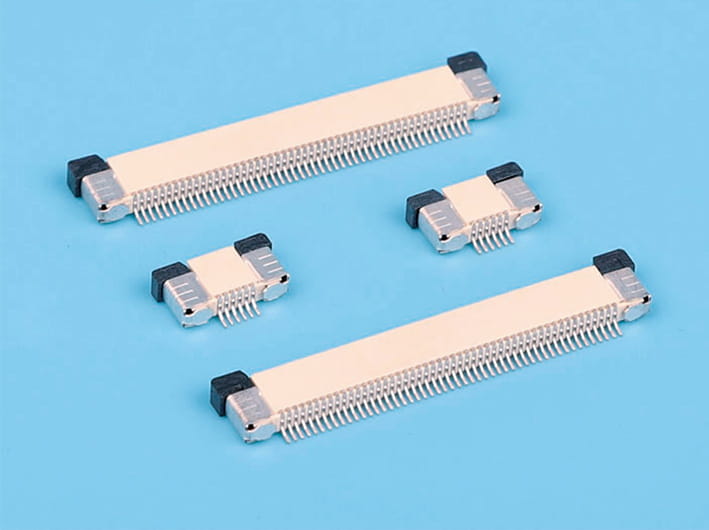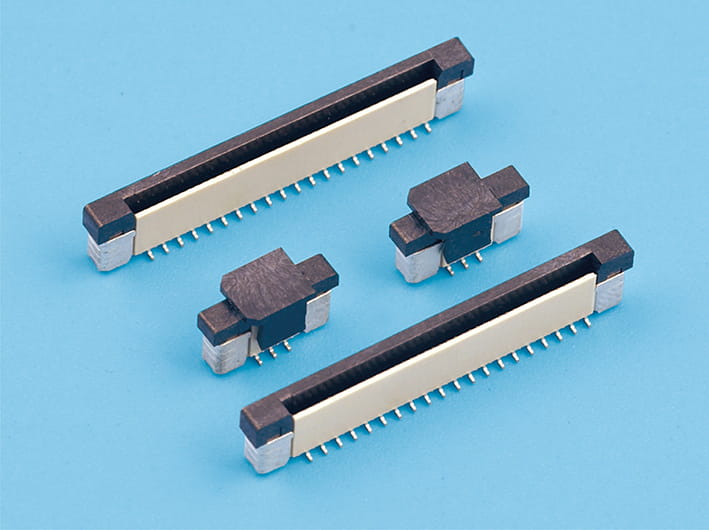The Advantages of Shielded Flat Flex Cables in Reducing EMI Interference
Electromagnetic interference is a pervasive issue in the world of electronics. It arises from the unintentional generation and reception of electromagnetic energy, which can disrupt the normal functioning of electronic devices. The consequences of EMI can range from minor performance degradation to complete system failure, making it a critical concern for engineers and designers alike.
Shielding is a proven method for reducing EMI. It involves the use of conductive materials that can absorb or reflect electromagnetic waves, thereby preventing them from reaching sensitive electronic components. Shielded flat flex cables are designed with this principle in mind, incorporating a layer of shielding around the cable's conductors to create a barrier against EMI.
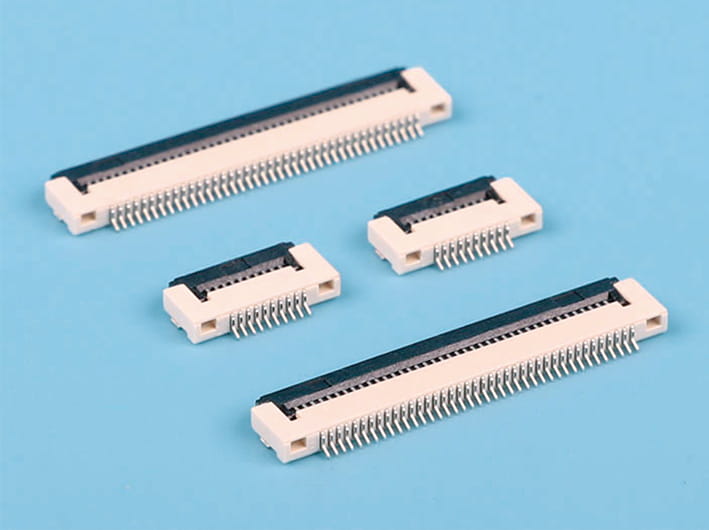
Advantages of Shielded Flat Flex Cables
1. Enhanced Signal Integrity: Shielded flat flex cables maintain signal integrity by preventing EMI from corrupting data transmission. This is particularly important in high-speed data applications where even minor interference can cause significant errors.
2. Improved System Reliability: By reducing the impact of EMI, shielded flat flex cables contribute to the overall reliability of electronic systems. This is crucial in mission-critical applications where system failure is not an option.
3. Compatibility with High-Density Designs: The compact nature of flat flex ribbon cables makes them ideal for high-density designs where space is at a premium. Shielded versions of these cables offer the same space-saving benefits while adding the advantage of EMI protection.
4. Cost-Effective Solution: While the initial cost of shielded flat flex cables may be higher than that of unshielded cables, the long-benefits in terms of reduced maintenance and increased system uptime can make them a cost-effective choice.
5. Customizability: Shielded flat flex cables can be customized to meet specific application requirements, including the type and thickness of shielding material, number of conductors, and cable length. This flexibility allows for tailored solutions that address the unique EMI challenges of each project.
6. Durability and Longevity: The shielding layer in shielded flat flex cables not only protects against EMI but also adds an extra layer of protection against physical damage, such as abrasion and punctures, thereby extending the cable's lifespan.
7. Sustainability in the Face of Technological Advancements: As technology continues to evolve at a rapid pace, the need for cables that can keep up with the increasing demands of electronic devices grows. Shielded flat flex cables are designed to meet these demands, ensuring that they remain relevant in the face of technological advancements.
8. Environmental Considerations: In industries where electronic devices are exposed to harsh environments, such as high temperatures or moisture, shielded flat flex cables can provide the necessary protection to prevent damage and maintain performance.
9. Regulatory Compliance: Many industries have strict regulations regarding EMI emissions. Shielded flat flex cables can help ensure compliance with these regulations, avoiding potential fines and reputational damage.
10. Aesthetic Appeal: In applications where the cable is visible, the sleek design of shielded flat flex cables can contribute to a cleaner, more professional appearance.
The benefits of shielded flat flex cables in reducing EMI interference are manifold, offering a robust solution for electronic systems where signal integrity and system reliability are paramount. As the demand for compact, high-performance electronic devices continues to grow, the role of shielded flat flex cables in ensuring the smooth operation of these devices becomes increasingly important. By understanding and leveraging the advantages of these cables, designers and engineers can create systems that are not only efficient but also resilient in the face of EMI challenges.



 English
English 中文简体
中文简体 Español
Español عربى
عربى